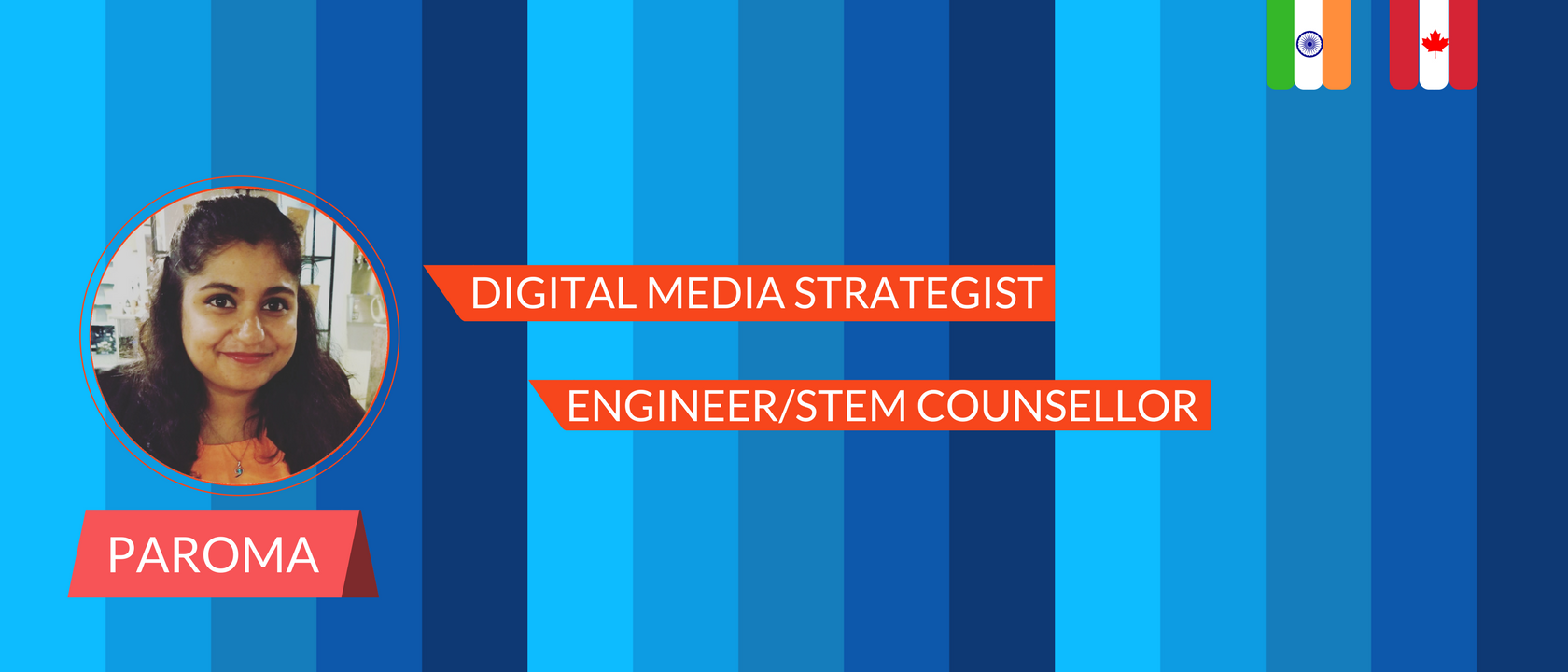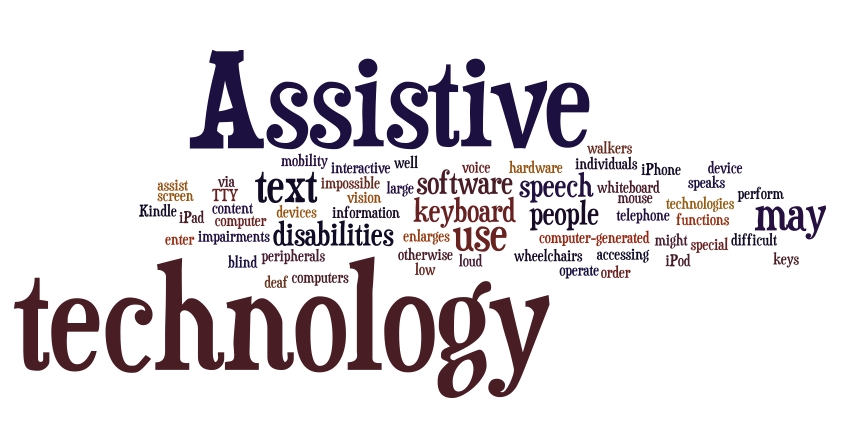Assistive technology is anything that aids and enhances the learning process of individuals who are challenged by learning disabilities such as dyslexia, dyscalculia, dysgraphia, dyspraxia, aphasia, etc. Most traditional educational systems are not designed to cater to the needs of students with special needs. Fortunately, this scenario is gradually changing and educational institutes are becoming inclusive. Assistive technology, an outcome of this inclusion, is slowly attaining a more mainstream status. This month I’ll review three assistive learning technologies.
1) KURZWEIL 3000
Kurzweil 3000 is an award-winning educational software made by Kurzweil Education (currently owned by Cambium Learning). It provides literacy support to not only students who struggle in the classroom but also adults at the workplace. Kurzweil 3000 supports the complex tasks of developing fluency, vocabulary, comprehension, writing, study skills, and test taking to address a wide range of educational objectives. This is of primary assistance to students who may have a non-print type disability. Notable features include multiple TTS voices, support for 18 languages and dialects, picture dictionary graphics for more than 40,000 words and text magnification. Besides, having free access to curriculum irrespective of classroom progress enables individual students to learn at their own comfortable pace. It is supported on both Windows and Mac platforms. For a free trial, visit here.
2) GHOTIT
Ghotit is not your typical proofreading software. Designed specifically for learners with dyslexia and other writing disabilities, it not only performs spell checks and grammar correction, but also provides context analysis, reads text aloud using TTS technology and recognize split and merged words. It also includes an integrated dictionary for students to quickly look up a word. Ghotit is integrated with dictionaries across UK, US, Canada, Australia and South American countries. This, for me, is the selling point for a proofreading technology simply for the fact that it recognizes several dictions of the English language. It is available as a desktop software and mobile application across on platforms like Windows, Mac, Android and Apple.
3) MATHTALK
And of course finally a math tech. MathTalk is a speech recognition software program that assists students from prealgebra to Ph.D. level mathematics. Students can perform math problems by speaking into a microphone on their computer. MathTalk is quite popular and boasts of an impressive clientele ranging from the Department of Defense to universities, colleges and schools. The program works with Dragon Naturally Speaking programs for voice-to-text functionality, making it ideal for students who have fine motor skill disabilities. Students with blindness or vision disabilities can use the integrated braille translator. Additionally, MathTalk also appeals to students with dyscalculia. The program functions as an electronic math worksheet, allowing the child to organize, align and work through problems on the screen, making it helpful for students who have difficulties performing math problems on paper.
It is amazing how much progress we have made in terms of technology that is enabling to change the educational systems globally. However, most assistive technologies are not available to a sizable demography in the world due to financial issues. One can only hope that more and more of these wonderful educational tools are made available to all children in the world, thereby globally impacting the growth and development of students.


